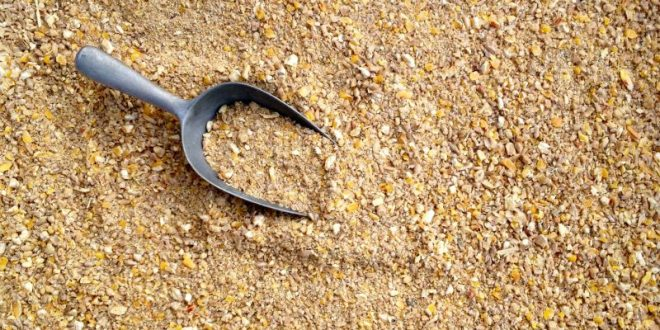The potato fiber market is expected to grow from USD512.8m in 2022 to USD712m by 2030, according to the latest GreyViews study.
Based on a recent press release showing study data, the insoluble spud fiber and the baked goods segments are expected to witness the highest growth rate during the forecasted period.
The above-mentioned document reveals also that Germany’s potato fiber market size was valued at USD19.4m in 2022 and is expected to reach USD26.1m by 2030, at a CAGR of 3.8% from 2023 to 2030. China’s potato fiber market size was valued at USD5m in 2022 and is expected to reach USD6.5m by 2030, at a CAGR of 3.5% from 2023 to 2030. Last, but not least, India’s potato fiber market size was valued at USD4.57m in 2022 and is expected to reach USD5.8m by 2030, at a CAGR of 3.2% from 2023 to 2030.
Due to rising rates of various ailments brought on by poor diets and demanding schedules, people are becoming more interested in buying healthy food products, which is causing the potato fiber market to grow. It is anticipated that consumers would demand more products with clear labels, which will also fuel growth in the potato fiber market.
Potato fiber is used as a food additive to boost dietary fiber, lower calories, and carbohydrates, and assist in preventing the absorption of fat during cooking. The creation of the 3D fiber network in the end product is the main technical feature of potato fiber. Potato fiber also contributes to the stability and texture of the food by enabling a high capacity for water binding in the final product. Various food products, such as baked goods, healthful foods, extrudates, dough, bread, and meat products, use potato fibers. Both soluble and insoluble fibers are common in potatoes.
Due to its unique characteristics, potato fiber offers a naturally gluten-free substitute for products made from wheat. Potato fiber enhances the quality of baked foods by increasing the volume, color, and crumb structure of the loaf. Bakeries and bakery chains are becoming more interested in these items’ powdered, frozen, or chilled varieties. Since there is a rising demand for bread goods that are both gluten-free and vegan, manufacturers must choose ingredients from plants. The demand for potato fiber is being driven by this expansion of the bread and confectionery sectors.
A source: https://www.potatobusiness.com








